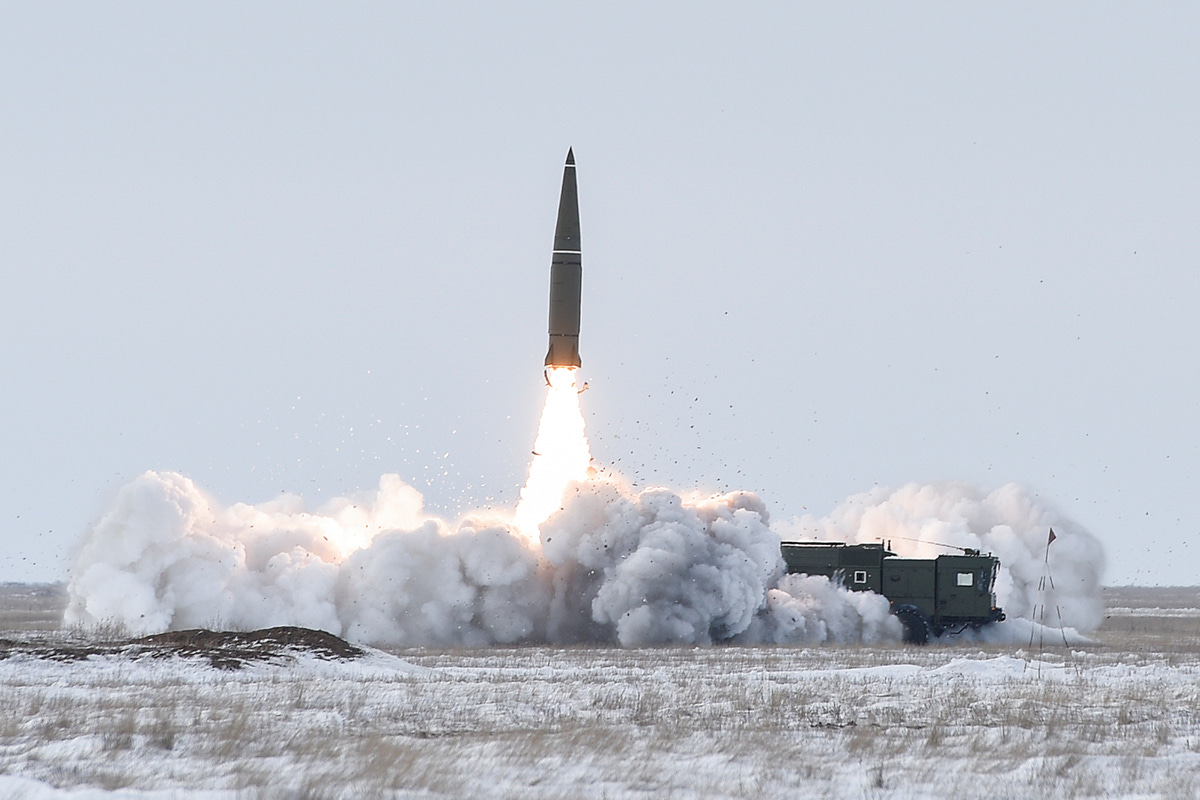Russia’s Plan for Limited Nuclear War
Russian military theorists see tactical nuclear weapons as a critical step between conventional war and an all-out nuclear exchange.

Russia maintains and continues to develop the world’s largest stockpile of tactical nuclear weapons, devices with adjustable yield depending on the intended use, but primarily oriented towards scenarios involving large-scale destruction on the battlefield, such as annihilating enemy tank columns, artillery batteries, or resupply truck convoys. These tactical nuclear weapons differ in both yield and use case from strategic nuclear weapons—delivered via intercontinental ballistic missiles (ICBMs)—which are designed to inflict mass civilian casualties or strike critical infrastructure far away from the battlefield. Estimates of the number of Russia’s tactical nuclear weapons vary widely. Most up-to-date estimates converge on about 2000 warheads,1 though some estimates are up to five times higher. The U.S. also maintains a small stockpile of tactical nuclear weapons deliverable solely by air, but it is estimated to be only about one-tenth of the size of Russia’s arsenal,2 and tactical nuclear weapons play a very limited role in U.S. nuclear planning.

